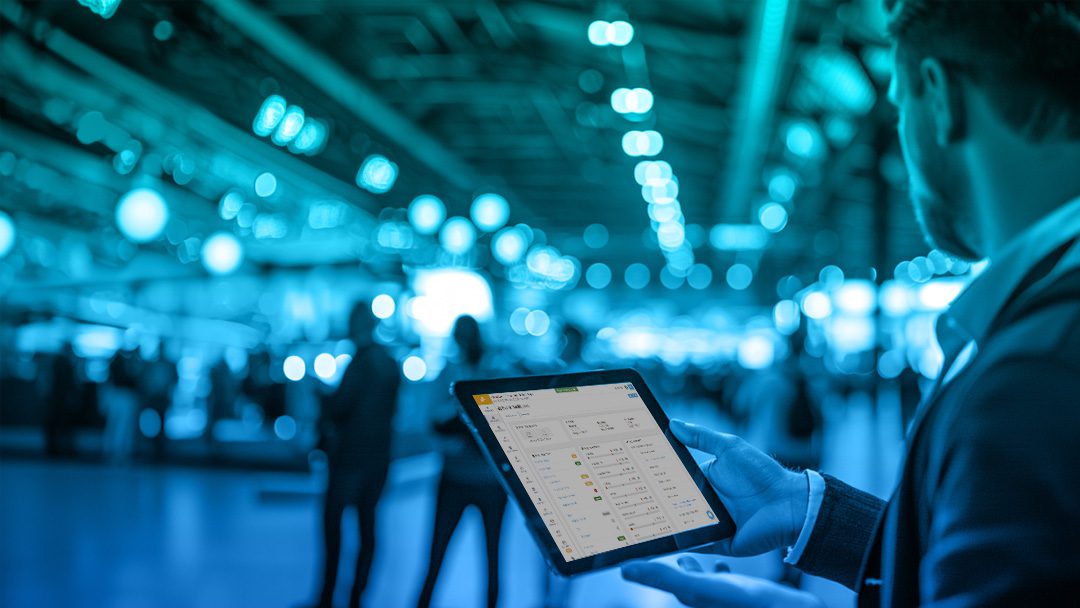
Maximizing Sponsor Visibility: A Strategic Approach for Event Success
In the dynamic world of event planning, understanding and leveraging the value your event offers to sponsors is paramount. A common oversight among event managers and organizers is the underutilization of their event’s potential to attract significant sponsorship funds. This stems from a lack of detailed demographics or insights into the audience that attends their events. The key to unlocking this potential lies in strategic sponsor promotion and visibility, which can significantly enhance the appeal of your event to potential sponsors.
Understanding Your Event’s Value
Before diving into the strategies for enhancing sponsor visibility, it’s crucial to grasp the inherent value your event holds. This understanding begins with a comprehensive analysis of your event demographics. Who attends your event? What are their interests? How can this audience benefit potential sponsors? Answering these questions can help you tailor your sponsor promotion efforts more effectively.
Utilizing Event Management Platforms for Deeper Insights
One effective way to gather valuable demographics and insights is through the use of an event management platform, such as ClearEvent. These platforms can provide detailed data on attendees, helping you understand your audience better and, in turn, attract more sponsors by showcasing how their target demographic aligns with your event’s audience.
Strategies for Promoting Sponsors
With a clear understanding of your event’s value, the next step is to employ strategies that ensure your sponsors get the visibility they deserve. This is not just about logo placements or mentions during the event; it’s about creating meaningful engagements that resonate with your audience and bring value to your sponsors.
Customized Sponsorship Packages
Offering customized sponsorship packages is a great way to cater to the specific needs and goals of each sponsor. By using the insights gathered from your event management platform, you can design packages that offer targeted visibility to sponsors, ensuring they reach their desired audience effectively.
Engaging Content and Experiences
Crafting engaging content and experiences around your sponsors can significantly boost their visibility. This could be through interactive booths, sponsored sessions, or social media campaigns that encourage participation and engagement from your audience.
Leveraging Technology for Enhanced Sponsor Visibility
Technology plays a crucial role in enhancing sponsor visibility at events. From mobile apps to digital signage, there are numerous ways to leverage technology to ensure your sponsors get the attention they deserve.
Mobile Apps
Event-specific mobile apps can offer sponsors a direct channel to engage with attendees through push notifications, sponsored content, and more. This not only boosts their visibility but also provides a platform for interactive engagement.
Digital Signage
Digital signage offers a dynamic way to display sponsor content. Through videos, animations, and real-time updates, you can ensure that sponsor messages are not only seen but also remembered.
Measuring Sponsorship Impact
It’s important to measure the impact of your sponsor promotion efforts. This not only helps in proving ROI to your current sponsors but also in attracting future sponsors by showcasing the effectiveness of your event as a marketing platform.
Using Analytics for Insightful Reporting
Event management platforms like ClearEvent come equipped with analytics features that can help you track and report the effectiveness of your sponsor promotion strategies. From attendee engagement metrics to social media impact, these insights are invaluable in understanding and improving sponsor visibility.
Frequently Asked Questions
- How can I attract more sponsors to my event?
Understand your audience, leverage event management platforms for insights, and create customized sponsorship packages that offer real value. - What makes an event attractive to sponsors?
A detailed understanding of the event’s demographics, effective sponsor promotion strategies, and the ability to prove ROI through measurable impacts. - Can technology really enhance sponsor visibility?
Absolutely. From mobile apps to digital signage, technology offers innovative ways to promote sponsors and engage attendees.
Maximizing sponsor visibility is not just about offering logo placements; it’s about creating a strategic partnership that benefits both the event
Happy Planning!
See How ClearEvent Simplifies Your Events
Ready to elevate your event management? Schedule a personalized demo with an event specialist to explore ClearEvent's full potential.




